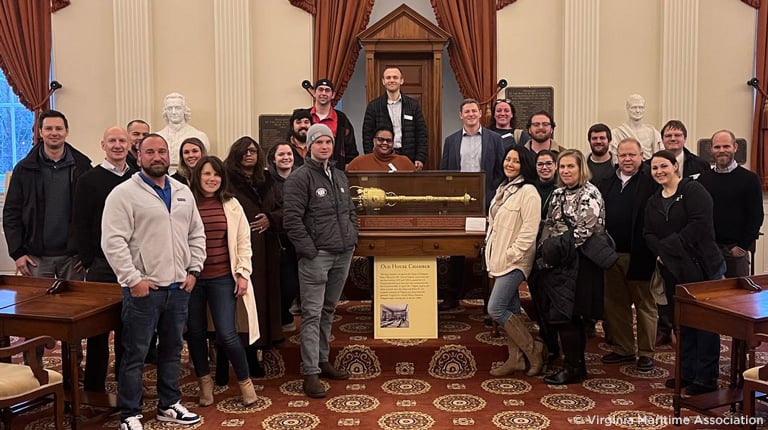
COVID-19 significantly impacted bus service and mass transit ridership nationwide. In Atlanta, the City’s principal public transportation operator, Metropolitan Atlanta Rapid Transit Authority (MARTA), was dealing with overcrowding on core routes, social distancing requirements, and budget constraints. VHB’s Atlanta transportation team was quickly engaged by MARTA to lead the development of an Essential Bus Service Plan addressing the drastic drop in ridership while accounting for the needs of a vulnerable, bus-dependent population. The quantitative framework developed allowed MARTA to respond to ridership changes and social distancing guidelines.
Understanding the importance of keeping critical routes open, VHB helped MARTA make the difficult choice to eliminate most of its 110 bus routes, while boosting service to its busiest routes. The reduced coverage network served essential locations so vehicles and operators could be re-allocated from non-essential routes to provide the capacity needed to meet social distancing guidelines. VHB and MARTA defined the network based on connections to medical facilities, shopping centers, job centers/industrial hubs, and bus operating facilities. The new plan addresses 40 critical routes and one new circulator service, including lifeline transportation to 17 hospitals, 22 urgent care facilities, 85 grocery stores, and 16 job centers/industrial hubs.
The intensive effort resulted in a comprehensive plan in a quick turnaround that included significant Geographic Information Systems (GIS) overlays and service planning/scenario analyses. The plan was designed to make certain MARTA can provide safe and sustainable service over the next several months.
VHB’s support to MARTA included printing new bus stop signs enabling MARTA just-in-time signage in place at all closed bus stops, providing critical notification to customers who may have missed the changes through news outlets and social media. MARTA installed seat blocking placards in all buses to help enforce social distancing and established a customer hotline where customers can report overcrowded buses.
Additionally, VHB assisted MARTA in developing a prioritization framework for bringing suspended bus routes back on-line. Key criteria included vulnerable populations, defined as persons in poverty, minorities, and senior citizens; essential destinations such as community facilities and employment centers; pre-COVID-19 ridership; and customer comments. Criteria were weighted, with pre-pandemic ridership at 40 percent and the other three at 20 percent each. As MARTA is focused on putting suspended routes back in service as quickly as possible to best serve their customers, the spreadsheet tool includes all data necessary to inform decisions on what routes to bring back next. VHB provided the tool to MARTA so their in-house service planning staff can quickly respond to changing conditions and maximize service.
VHB’s Transit & Rail leaders are collaborating on creative ideas to support clients like MARTA across the U.S. who were significantly affected by the virus.


